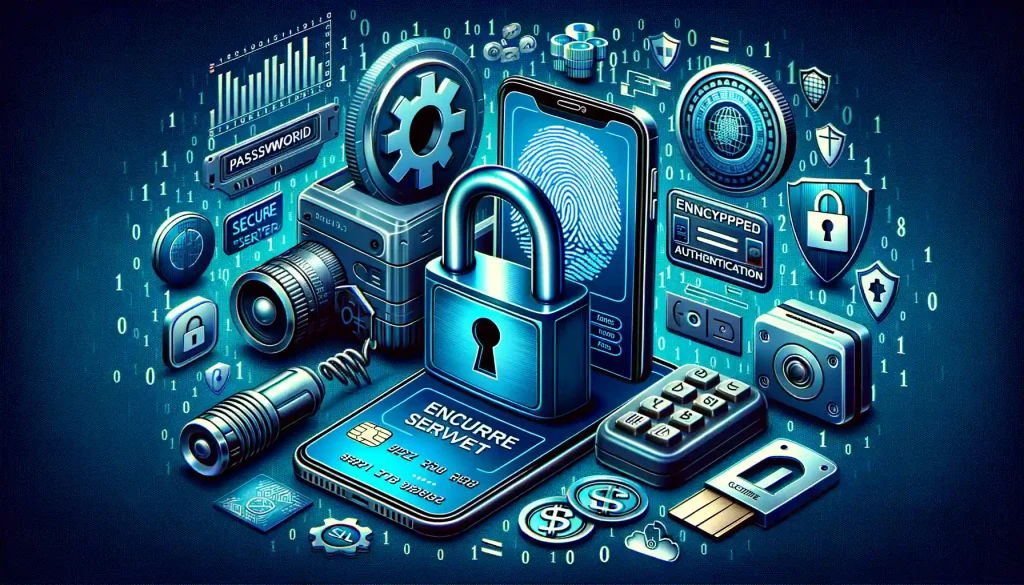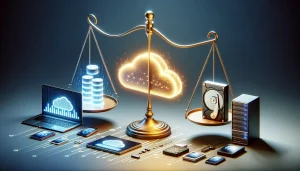Introduction to Mobile Banking Security
Picture this: you’re sipping coffee at your favorite café, transferring funds for an upcoming trip with just a couple of taps on your phone. It’s quick, convenient, and completely normal these days. But have you ever paused to wonder—how safe is this tiny slice of financial magic? Mobile banking apps put the universe of your finances literally at your fingertips, but they also come with risks if security isn’t air-tight.
The Digital Vault That Guards Your Finances
Your mobile banking app is more than just a tool—it’s a digital vault. Every time you sign in or authorize a transaction, layers of code are working behind the scenes to keep cybercriminals out. Think of it as fortifying your home. Would you settle for a lock that “kind of works”? Of course not! A high-quality app will offer features like multi-factor authentication and encryption to lock down your financial world.
- Why encryption matters: It scrambles your data so hackers can’t read it.
- Real-time alerts: These act like motion sensors, flagging suspicious activity instantly.
Keeping your money secure isn’t just technical gobbledygook—it’s peace of mind for your everyday life.
Essential Security Features Every Banking App Should Have
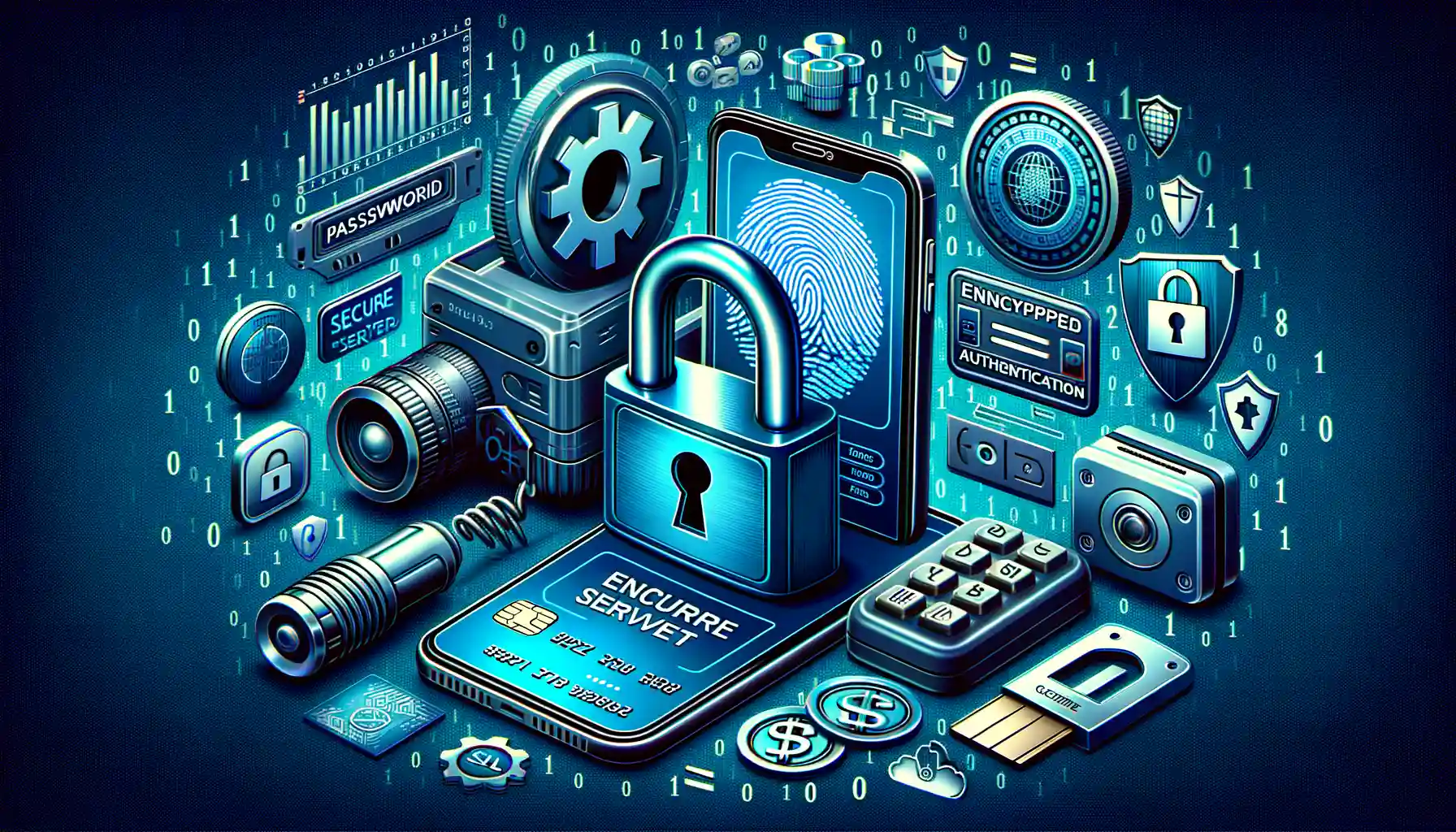
Fort Knox for Your Fingertips: Must-Have App Safeguards
Picture this: your mobile banking app is like a vault, guarding your money, personal details, and financial secrets. Without the right security features, though, it’s like locking that vault with a paperclip. Let’s talk about what separates a fortress-like banking app from one that’s as risky as leaving your front door wide open.
First, every banking app worth its salt needs two-factor authentication (2FA). You know, that extra step where you receive a code via text or email? It’s not just an annoyance—it’s a modern-day shield against unwanted intruders.
Then there’s the invisible security hero: biometric verification. Think fingerprint or face recognition. These features don’t just make logging in a breeze; they’re your app saying, “I recognize YOU and only you.”
Here’s a quick list of other essentials too:
- End-to-end encryption: Keeps your data locked tight while traveling through cyberspace.
- Real-time fraud detection alerts: Your app should always have your back if something fishy happens.
When you choose a banking app, think SWAT team, not slacker. It’s your money—and your peace of mind—on the line.
Advanced Authentication Mechanisms
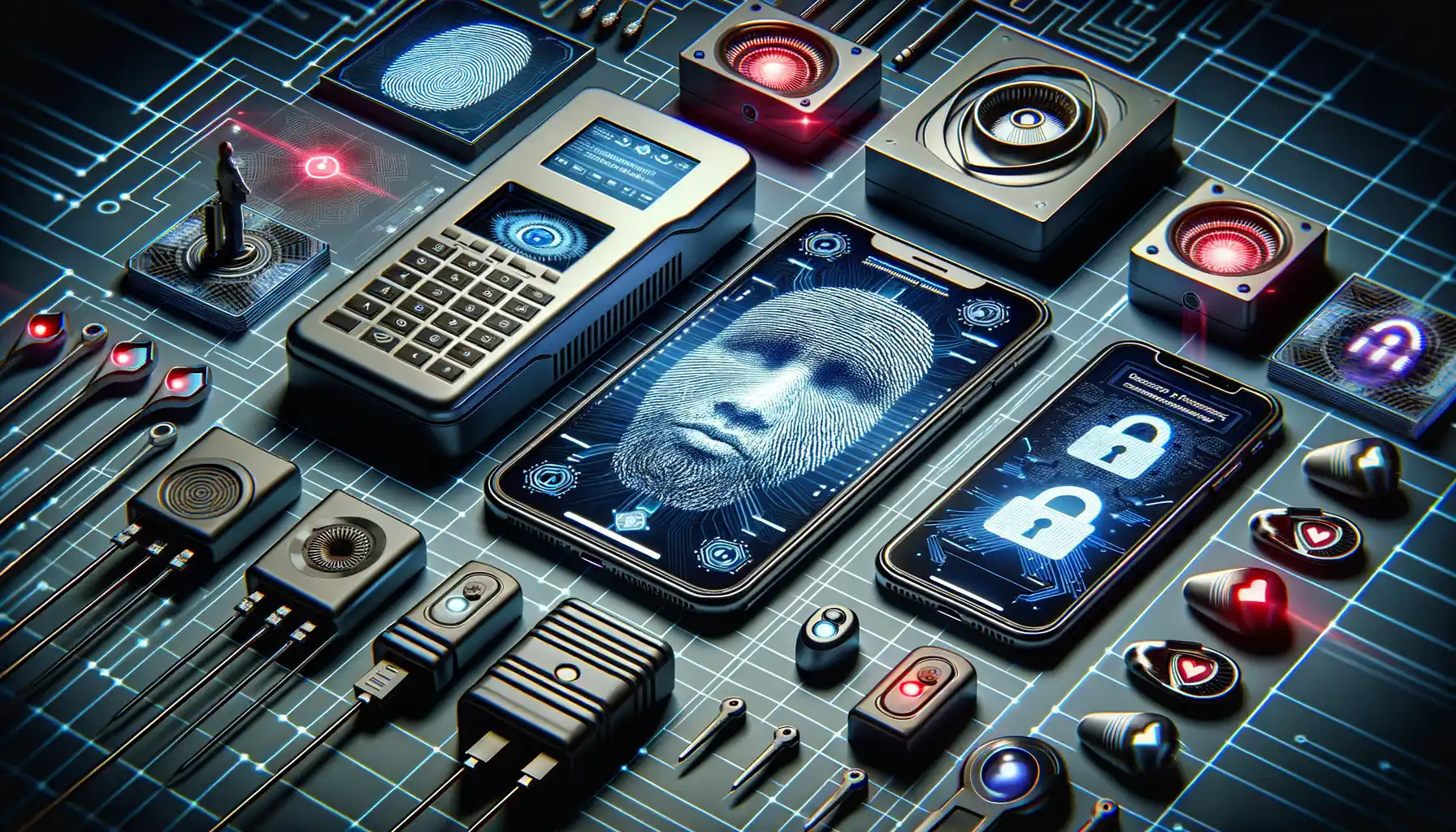
Why Traditional Passwords Are No Longer Enough
Imagine this: your mobile banking app is the fortress guarding your financial castle. Would you trust that fortress with a rusty old lock? That’s what standard passwords have become in today’s ever-evolving digital battlefield. Criminals are smarter, tools are sharper, and it’s high time your mobile banking app fought back with advanced authentication mechanisms.
Gone are the days of relying on “123456” or your dog’s birthday. Modern apps now harness tools like:
- Biometric authentication – Think fingerprint scans and facial recognition. No one else has *your* fingerprint or *your* face! It’s personal, foolproof, and incredibly efficient.
- Behavioral analysis – Yes, your app can now recognize how you type, swipe, or even hold your phone. If it detects a sudden change, like an unfamiliar hand trying to imitate you, it locks down faster than you can say “fraud alert.”
The Role of Multi-Factor Authentication (MFA)
Let’s not put all our eggs in one basket. Enter MFA: the superhero duo of security tools. Your app might ask for your password *and* send a unique code to your phone or email. Sometimes, it even throws in biometric checks for good measure. It’s like having multiple bodyguards—each standing ready to verify you’re truly, undeniably *you*.
The beauty of these systems? They’re seamless, working behind the scenes while you enjoy peace of mind. After all, wouldn’t you rather have a little extra effort than an empty bank account?
How Encryption Protects User Data
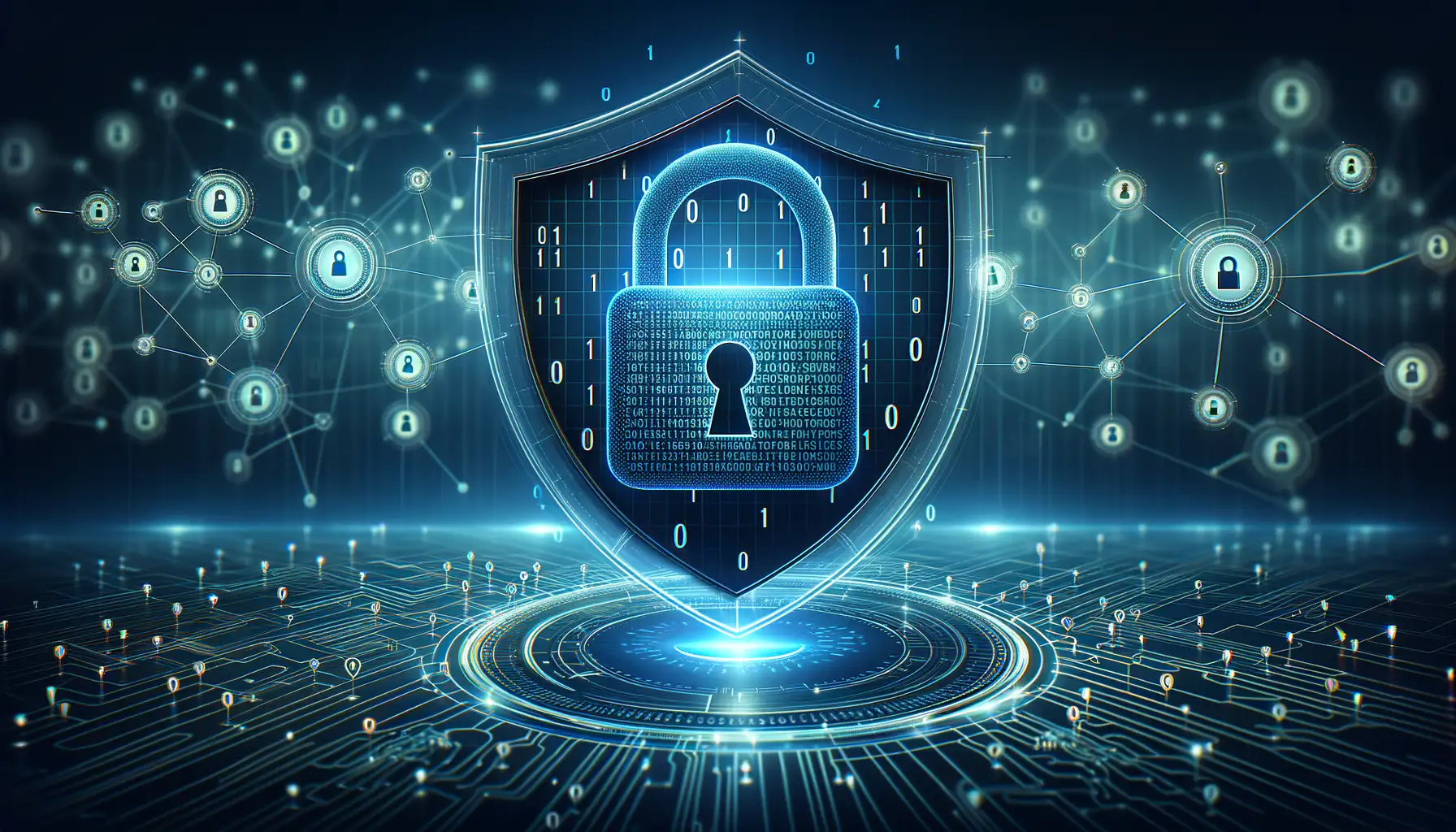
What Really Happens When Your Data Is Encrypted?
Imagine you’re sending a postcard with your most personal secrets written on it. Scary, right? Anyone along the way could read it! Now, picture putting that same postcard in a vault, and only the person you trust has the key to unlock it. That’s encryption for your data – a digital vault that shields your information from prying eyes.
When you use a mobile banking app, every single transaction, message, or piece of information is scrambled into unreadable code. This process, called encryption, ensures it can only be deciphered by someone with the correct encryption “key.” Without it? It’s meaningless noise to hackers, like trying to read a book written in an alien language.
The Power of End-to-End Encryption
Top-notch apps employ end-to-end encryption, meaning your data is protected at every step of its journey. Here’s why it’s game-changing:
- Even if intercepted during transmission, your financial details remain a mangled puzzle.
- Even the bank itself (or app developers!) can’t read your sensitive information.
So next time you check your balance, think of encryption as your personal bodyguard, working tirelessly behind the scenes to keep your data safe. Cool, right?
Best Practices for Secure Mobile Banking Usage
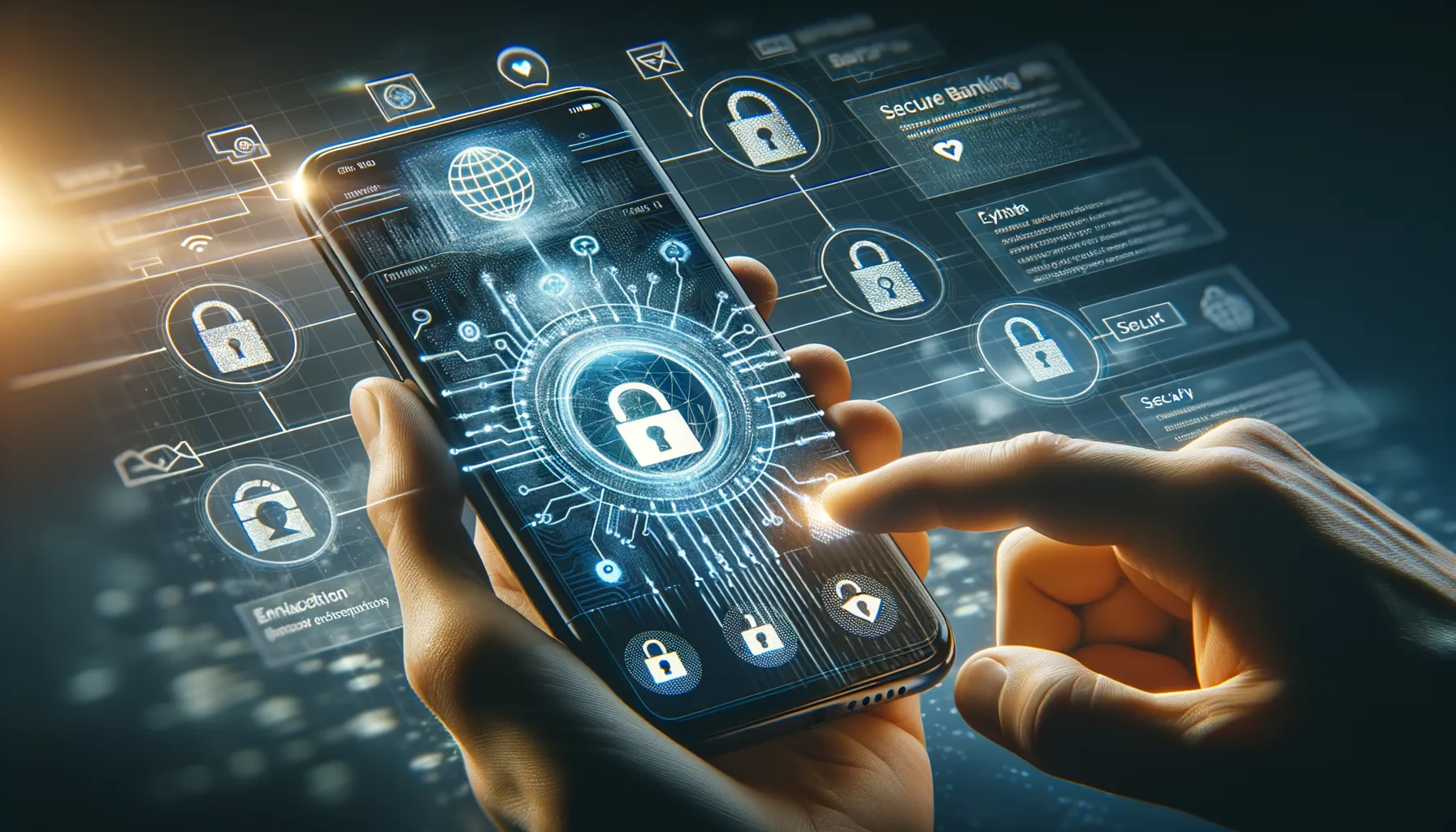
Stay Alert: Small Steps for Big Security Wins
Picture this: your mobile banking app is like a virtual vault, but even the strongest vault needs a vigilant guard—yes, that’s you! To keep your financial fortress unshakable, these simple habits can make all the difference:
- Always update your app. Those little notifications about updates aren’t just digital noise—they’re shields against cyber threats. Keep your app current to stay one step ahead of hackers.
- Steer clear of public Wi-Fi. Sure, sipping a latte at your favorite café while checking your bank balance sounds convenient. But public Wi-Fi is like leaving your front door unlocked. Use a secure network or, better still, your phone’s personal data plan.
- Set strong passcodes and never reuse them. A mix of letters, numbers, and symbols will make breaking in much harder for anyone trying to guess their way into your account.
Trust No One But Your App
Here’s a golden rule: your bank should always contact *you*, not the other way around. Be wary of texts or emails asking for personal info—even if they look legit. Scammers are masters of disguise, so if something feels off, reach out directly to your bank through the app. And remember, clicking on suspicious links? That’s like inviting trouble in for tea.
Finally, activate those extra layers of protection. Enable two-factor authentication, and keep biometric features, like fingerprint or facial recognition, switched on. It might feel like overkill, but when it comes to your money, there’s no such thing as being “too safe.”
